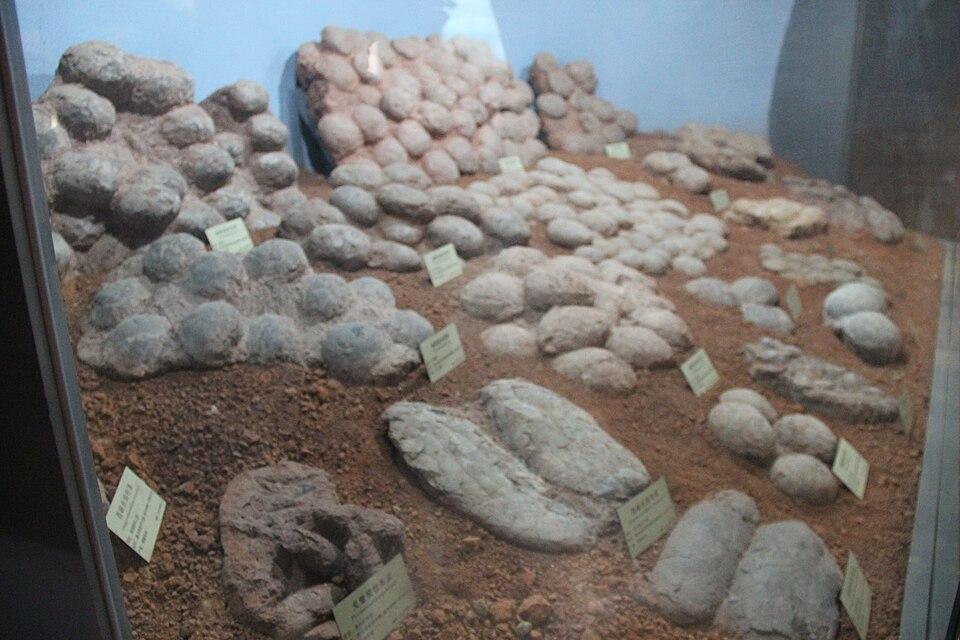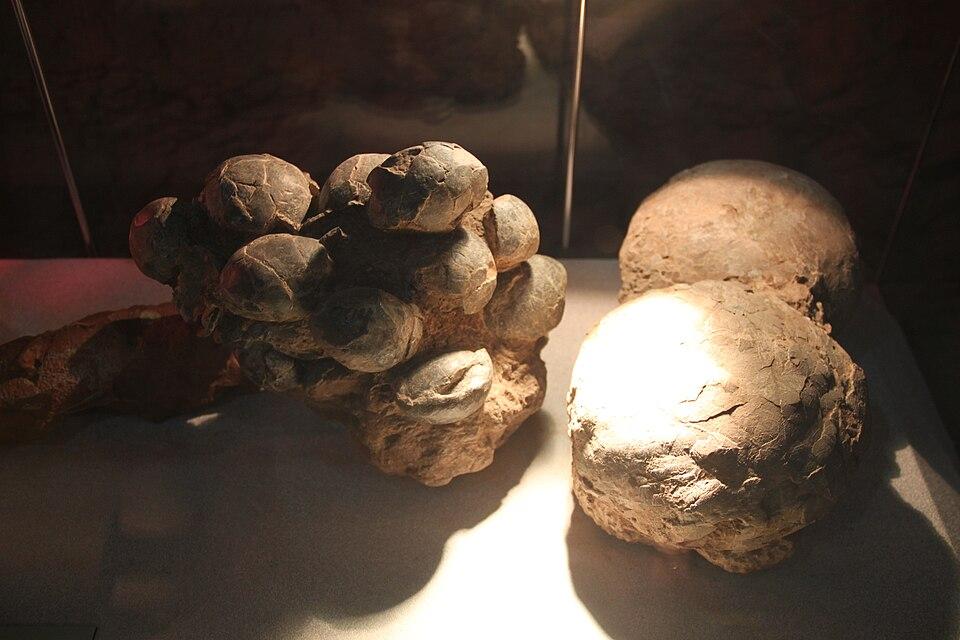
Timelines 10
Man and his Senses 10
Man and his Inventions 10
Geography 10
Fauna 10
Timelines 10
Man and his Senses 10
Man and his Inventions 10
Geography 10
Fauna 10

In a limestone quarry north of Kutná Hora a chance outing in 2003 by Michal Moučka and his sons yielded a find that challenged a long-held local assumption — that, during the age of dinosaurs, what is now the Czech Republic lay entirely beneath the sea. The 40-centimetre femur they recovered was quickly identified by palaeontologists as the bone of a small iguanodontid herbivore, an animal that most likely browsed on shoreline conifers and was later rafted and buried in marine sediments. The discovery, the first uncontested dinosaur skeletal record from Czech Republic territory, carries a simple but powerful lesson: Europe’s Late Cretaceous landscape included island archipelagos where small, sometimes dwarfed herbivores lived out island lives.
A published description of that material places the find in the upper Cenomanian Peruc-Korycany Formation — a near-shore deposit that preserves a mix of halophytic conifers such as Frenelopsis and laurophyllous angiosperms. The Iguanodontid strongly suggests small herbivores browsing at the margins of little islands, not roaming vast continental plains. The bone itself tells other stories: gnaw marks from sharks show it was scavenged during a sea-borne journey, while the rock record indicates a low-energy, near-shore depositional setting. In short, the Czech fossil is less about size and more about place, a reminder that Europe’s Mesozoic environments were complex mosaics of islands, shores and shallow seas that selected for particular life histories.
On the other side of the world, the scene changes from islands to hatcheries. In Gujarat’s Raiyoli-Balasinor region palaeontologists have long recognised a landscape that, in the Late Cretaceous, favoured mass nesting and sauropod reproduction. Excavations beginning in the early 1980s revealed thousands of eggs and dozens of clutch sites; more recent fieldwork has expanded that catalogue further, documenting varied clutch morphologies and a high diversity of species assignable to titanosaurs. A large, museum-backed fossil park and a museum at Raiyoli now showcase the density of these finds — life-size reconstructions, galleries of eggs and bones, and public exhibits that make clear the site’s significance as one of the world’s great dinosaur hatcheries.
Scientific work in the Narmada and lower Narmada valleys adds quantitative depth. A team working on Lameta Formation zoological material documented scores of titanosaur egg clutches and hundreds of eggs, describing circular, linear and combination clutch patterns, burial processes that preserved the nests, and microscopic details that point to nesting behaviour and reproductive biology — for example, signs consistent with sequential laying and colonial nesting. These data do not merely enumerate eggs; they let palaeontologists reconstruct breeding behaviour, depositional conditions and the palaeoecology that made such hatcheries possible: broad, sandy plains with shallow water bodies and low-energy depositional pockets where eggs could be buried, incubated and, in many cases, hatched.
The Balasinor finds also yielded skeletal remains of theropods — notably the carnivorous Rajasaurus — and a broader faunal assemblage that speaks of a Cretaceous plains environment punctuated by rivers and interdune basins, a very different setting from the island archipelago preserved in Cenomanian Europe. Where the Czech Republic iguanodontid seems adapted to a shoreline, possibly constrained in size by insular conditions, Balasinor’s titanosaurs and the Rajasaurus ecosystem portray a landscape where large sauropods nested en masse and predators prowled river margins. The comparison is instructive: habitat sculpts opportunity, and opportunity shapes morphology and life history.
Palaeontology in Rajasthan adds yet another habitat to the comparative map. Recent reports from Jaisalmer and the Lathi Formation describe a well-preserved phytosaur — a crocodile-like archosaur that points to freshwater and marginal marine environments in what is now the Thar Desert. The phytosaur fossil, found near a lakebed in Megha village, dates back to the Jurassic and suggests extensive aquatic life where semi-arid to coastal conditions later prevailed; it reminds us that the Indian subcontinent, across time and space, hosted an array of environments from coastal hatcheries to inland rivers that in turn shaped reptilian life, feeding strategies and preservation pathways.
Beyond individual bones and nests, the record speaks of preservation and burial history. The Czech femur is found in marine sediments — the result of transportation and scavenging — while many Indian dinosaur eggs are preserved in sandy limestone and calcareous sandstones that record low-energy marsh and river settings conducive to nest preservation. Where European finds often survive as isolated bones washed out to sea, Indian sites such as Balasinor and the lower Narmada valley preserve entire nesting landscapes and clutch assemblages — a difference of both scale and depositional fortune. For the palaeontologist, these contrasts are not merely evocative; they are empirical cues about population density, reproductive strategy and mortality regimes.
The comparative view has practical consequences for how we study the deep past. Small-island dynamics — dwarfing, constrained niches and high endemism — explain why some European dinosaurs remained medium sized; expansive floodplain nesting grounds in India explain prolific egg production and the high zoospecies diversity recorded in the Lameta. Meanwhile, isolated finds in Rajasthan expose aquatic corridors and shifting shorelines that once linked seas and rivers. Together they show how different habitats — islands, plains, river margins, coastal lagoons — created distinct evolutionary settings, each scripting its own responses in body plan, behaviour and reproductive biology.
Finally, palaeontological practice itself is part of the story. The Czech find began as a hobbyist’s quarry walk and required university expertise to verify; in India, long-term Geological Survey programmes and more recent systematic surveys have transformed scattered curios into mapped hatcheries and museum collections, enabling integrated studies of palaeobiology and taphonomy. Both approaches matter — the serendipity of the field hand and the patient accumulation of regional data — for they offer complementary windows on ancient life.
Sources:
https://tinyurl.com/28wv4jwp
https://tinyurl.com/28sbyvmz
https://tinyurl.com/2xqw2b2e
https://tinyurl.com/28xmj2r9
https://tinyurl.com/2a9bqlzo
https://tinyurl.com/2xrmv4r8
https://tinyurl.com/25h7urwy
https://tinyurl.com/25h7urwy
https://tinyurl.com/2clb8hzo